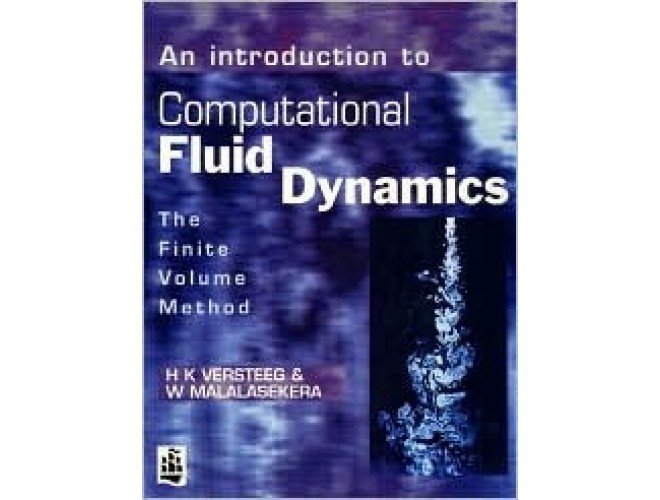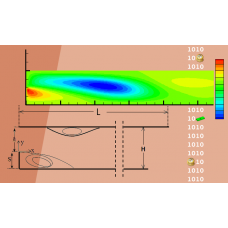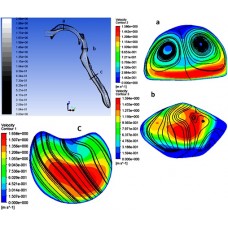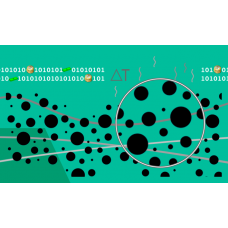The use of computational fluid dynamics (CFD) to predict internal and external flows has risen dramatically in the past decade. In the 1980s the solution of fluid flow problems by means of CFD was the domain of the academic, postdoctoral or postgraduate researcher or the similarity trained specialist with many years of grounding in the area. The widespread availability of engineering workstations together with efficient solution algorithms and sophisticated pre- and post- processing facilities enable the use of commercial CFD codes by graduate engineers for research, development and design tasks in industry. The codes that are now on the market may be extremely powerful, but their operation still requires a high level of skill and understanding from the operator to obtain meaningful results in complex situations. The long learning curve, previously including apprenticeships of up to four years - more widely known as MPhil and PhD studies - meant that the users of the 1980s were, through their own experiences, very conscious of the limitations of CFD. However, the pressure on engineers in industry to come up with solutions to problems implies that there is not always the time available for the new type of user of the 1990s to learn about the pitfalls of CFD by osmosis and frequent failure
معرفی کتاب
مقدمه ای بر دینامیک سیالات محاسباتی روش المان محدود
کاربرد دینامیک سیالات محاسباتی (CFD) جهت پیشبینی جریانهای ورودی و خروجی به طور چشمگیری در دهه گذشته افزایش یافته است. حل مسئله جریان سیال با استفاده از CFD در دهه 1980 در حوزههای آکادمیک توسط افراد فوق دکترا و محققان ارشد و یا متخصصین آموزش دیدهای که مدت مدیدی را در این حوزه گذراندهاند، انجام میگیرد. دستیابی گسترده مهندسان به بانکهای اطلاعاتی و ارتباط آنها از طریق الگوریتمهای حلی موثر و نیز وسایل پیشرفته پردازش اطلاعات، امکان استفاده از کدهای CFD تجاری در زمینههای تحقیقات، توسعه و طراحیهای صنعتی را برای مهندسان تازه کار نیز فراهم آورده است. اگرچه ممکن است کدهای قرار گرفته در فروشگاه بسیار قوی باشند، اما کارکردن با آنها و تحصیل نتایجی مناسب در مسائل پیچیده، نیازمند سطح مهارت و درکی بالا از آن عملگر میباشد. این فرآیند طولانی یادگیری شامل دورههای کارآموزی به مدت چهار سال بوده که عموما به عنوان دانشجوی دکتری شناخته میشدند و به واسطه تجربیاتشان از نزدیک با محدودیات مربوط به CFD آشنا بودهاند. به هر حال همواره وجود فشار بر روی مهندسان به منظور یافتن راه حل مناسب برای مسائل صنعتی موجب آن شده که همیشه زمان کافی برای کاربران جدید دهه 1990 به منظور یادگیری مشکلات مسائل CFD از طریق سعی و خطا در دسترس نباشد.
| کتاب | |
| حوزه تخصصی کتاب | سیالات |
| تعداد فصل های کتاب | 10 |
| زبان کتاب | ENGLISH |
| مشخصات کلی | |
| تعداد صفحات | 267 |
| تعداد صفحات محصول | بیش از 200 |
Lorem ipsum dolor sit amet, consectetur adipiscing elit. Aliquam iaculis egestas laoreet. Etiam faucibus massa sed risus lacinia in vulputate dolor imperdiet. Curabitur pharetra, purus a commodo dignissim, sapien nulla tempus nisi, et varius nulla urna at arcu.Lorem ipsum dolor sit amet, consectetur adipiscing elit. Aliquam iaculis egestas laoreet. Etiam faucibus massa sed risus lacinia in vulputate dolor imperdiet. Curabitur pharetra, purus a commodo dignissim, sapien nulla tempus nisi, et varius nulla urna at arcuLorem ipsum dolor sit amet, consectetur adipiscing elit. Aliquam iaculis egestas laoreet. Etiam faucibus massa sed risus lacinia in vulputate dolor imperdiet. Curabitur pharetra, purus a commodo dignissim, sapien nulla tempus nisi, et varius nulla urna at arcu.




































